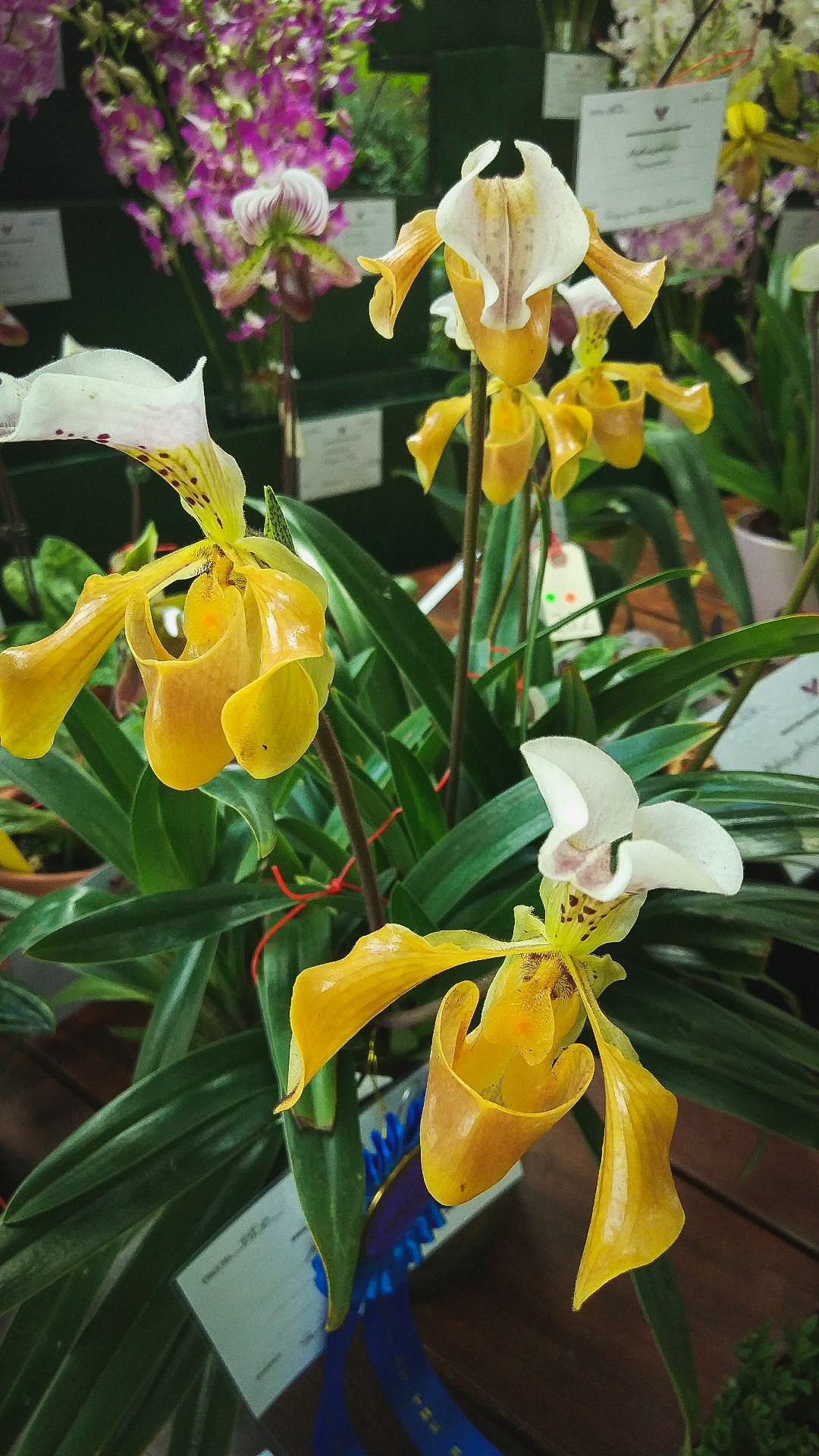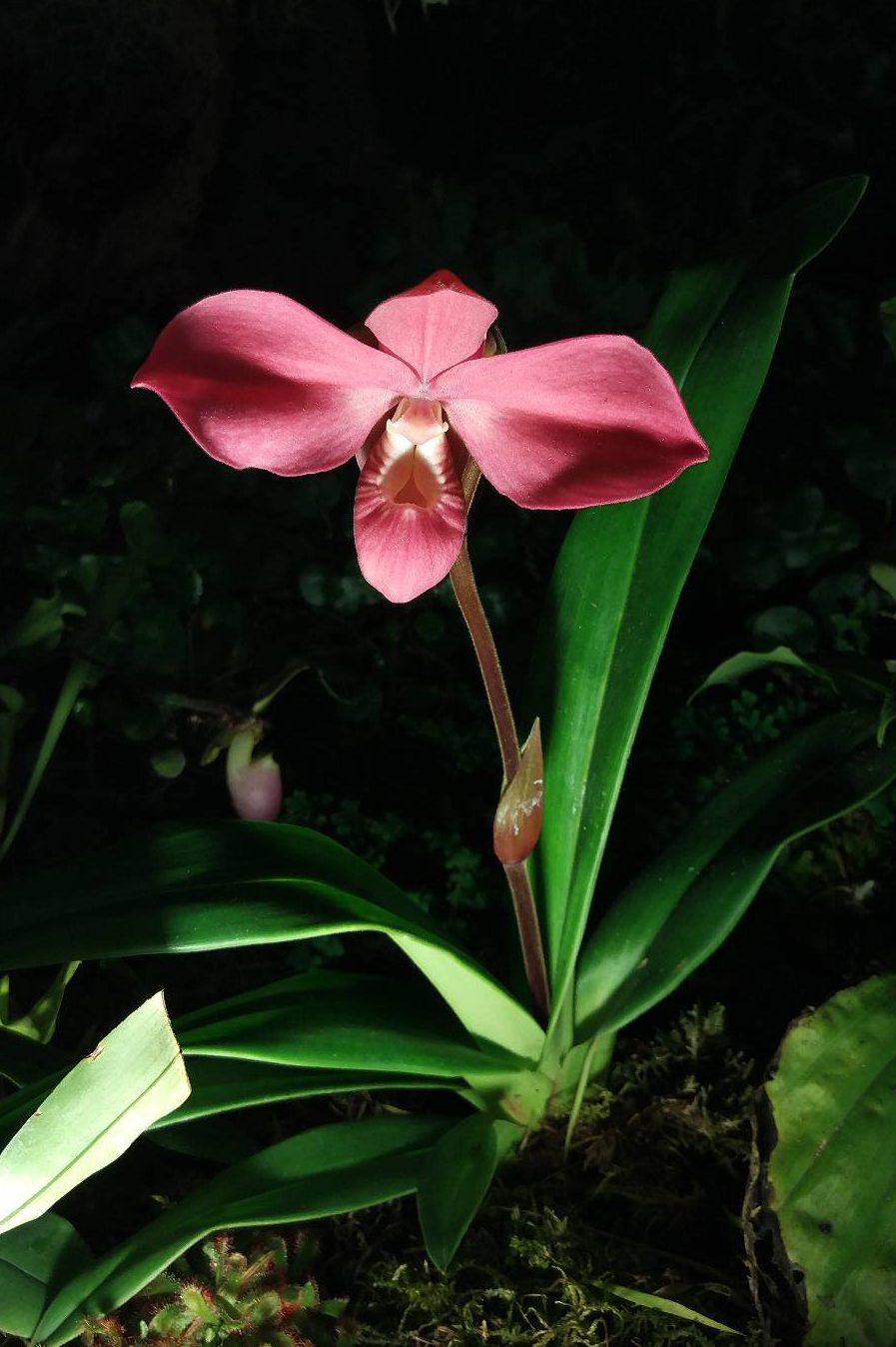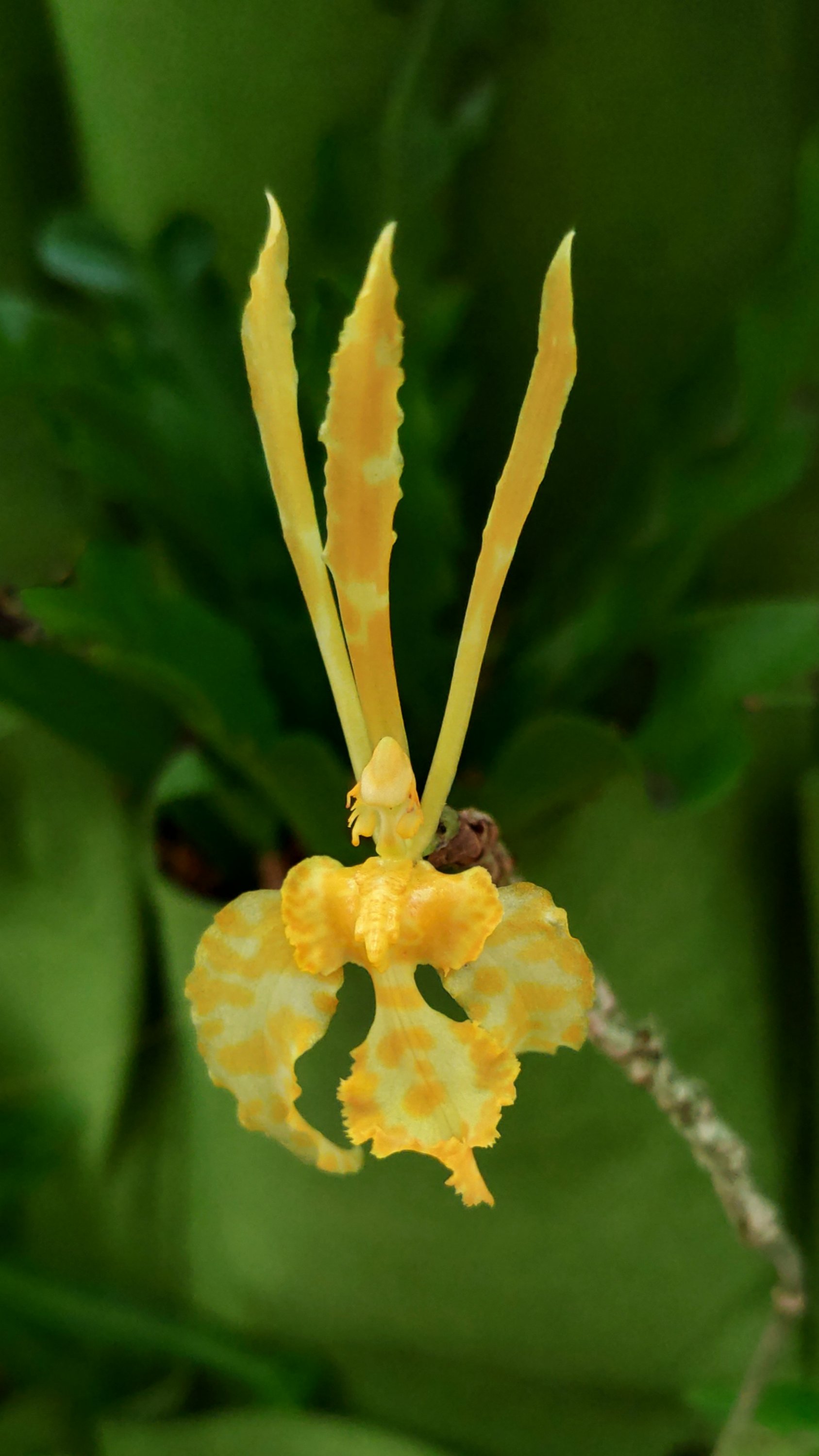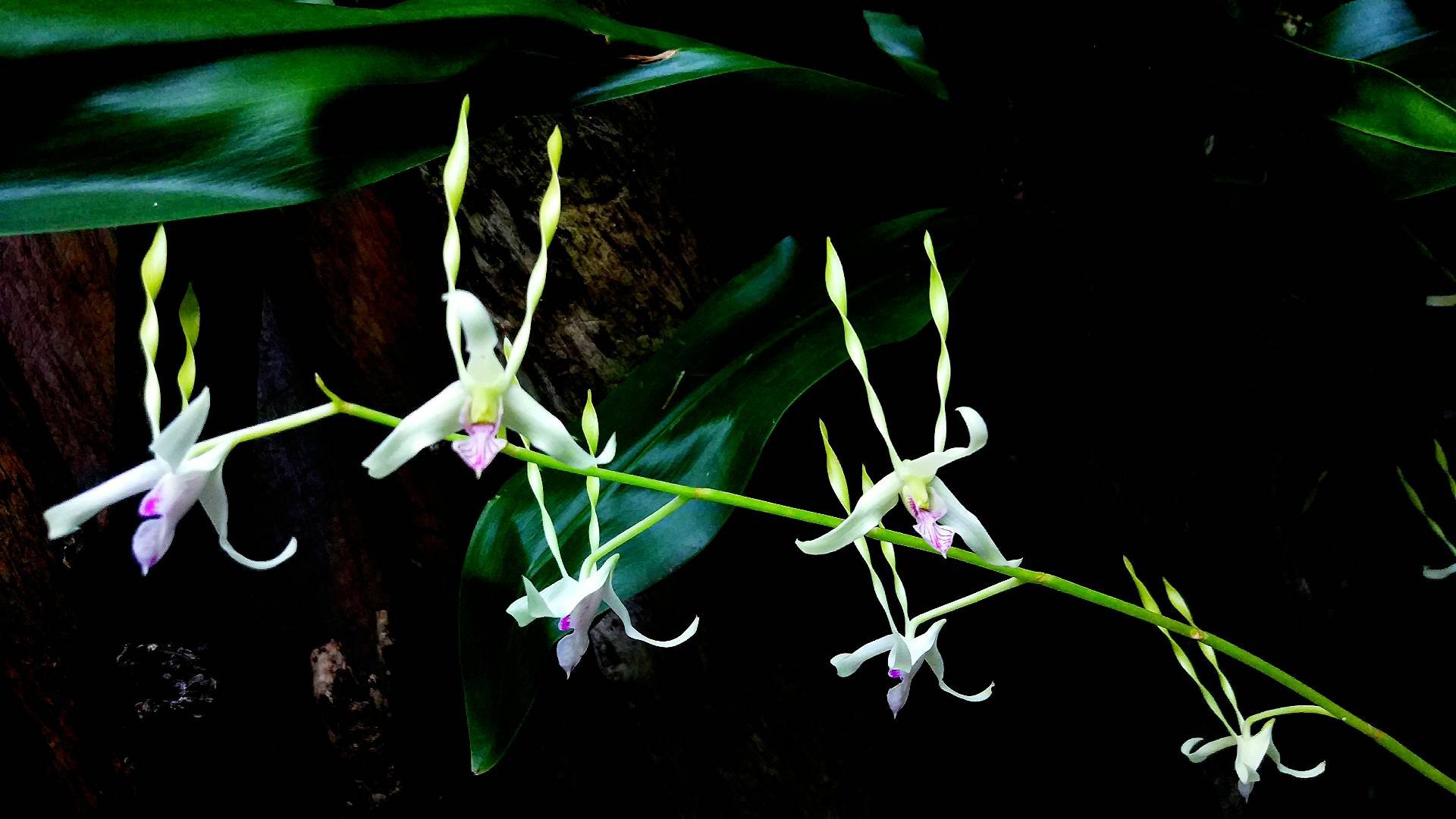Orchids, one of the two largest families of flowering plants, are arguably the sexiest flowers on our planet.
This is probably due to their zygomorphic (bilaterally symmetric) flower, tricking us to see them as faces with “personality”.
Compared to flowers of other plants, many orchids have lips 👄👅(a highly modified petal) that resemble human reproductive anatomy, which might explain their subliminal attraction. 😍 Even Charles Darwin maintained a passion for orchids throughout his lifetime and referred to them as “Splendid Sport”.
The number of orchid species is more than twice the number of bird species and about four times the number of mammal species. Members of the Orchidaceae are found all over the world, with sizes ranging from 2mm of flower (Platystele jungermannioides) to more than 2.5 m of pseudobulbs (Grammatophyllum speciosum). Many of them are epiphytes, lithophytes, growing on the surface of other plants or rocks, feed off nutrients from air, rain and decaying plant debris nearby.
Orchids are the ideal plant family to teach us about biodiversity and its importance. The remarkable structures and colors of each and every orchid species convey a story about ecology, evolution, and survival strategy. The study of orchids can give us powerful insight into the processes that have shaped our natural world for millennia and will shed light on conservation for our planet’s future.
Interesting facts about orchids:
- Vanilla is one of the best-known orchids widely used for its flavors. It is mainly extracted from the seed pods of species Vanilla planifolia.
- Flower of orchid can survive from a few hours to 6 months, depending on the species.
- Orchids do not have usual roots. They have rhizome, tuber or aerial roots. Certain species of orchids do not have leaves at all.
- Orchids can live on the ground (terrestrial forms), attached to woody plants (epiphytic types) or under the ground.
- Orchid seeds do not have an endosperm which provides nutrients required for the germination. Due to this fact, all orchids live in symbiosis with fungi during germination.
- People use orchids for numerous purposes. Substances isolated from orchids are used in the perfume industry, spices and in traditional Asian medicine.
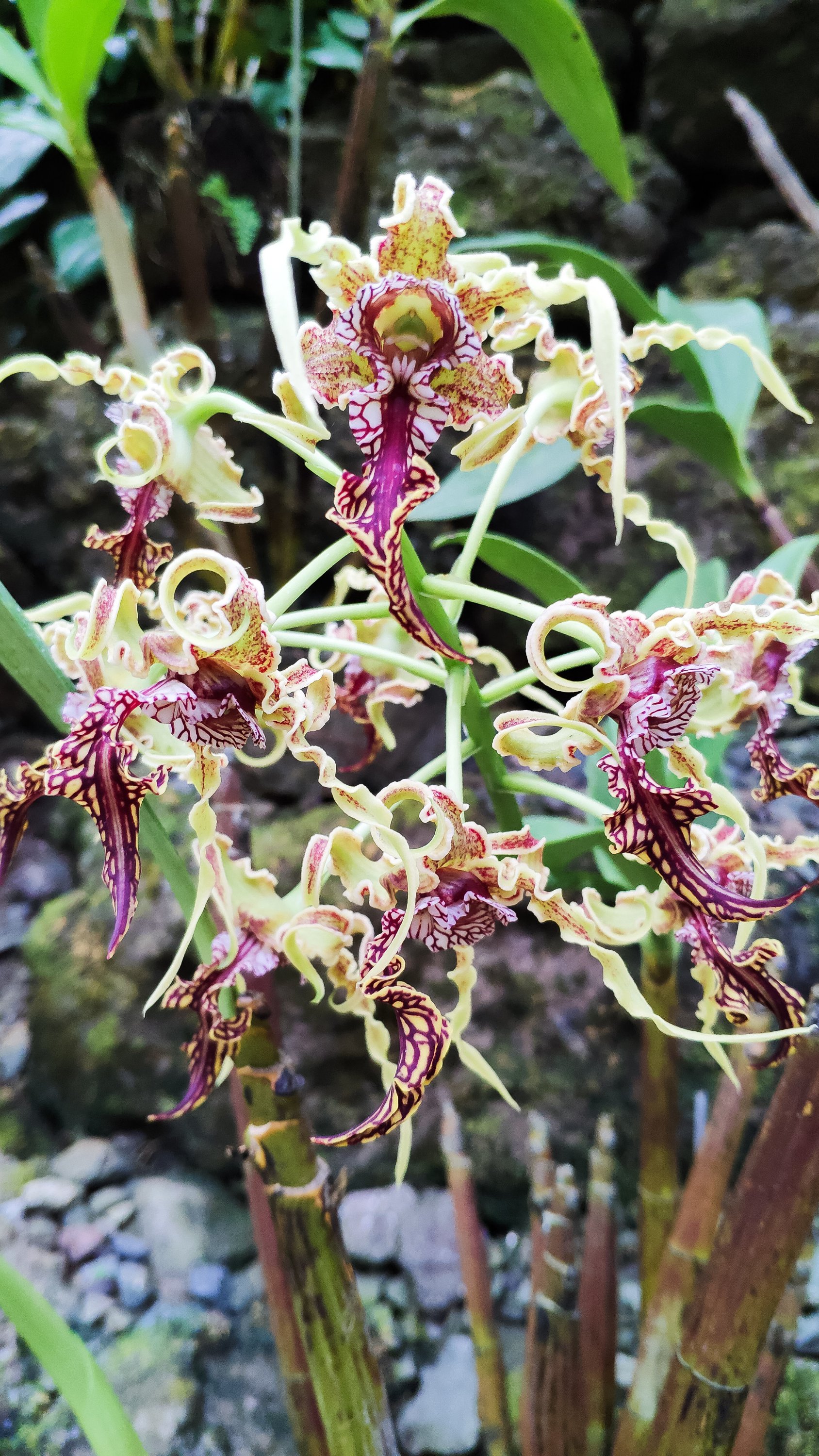
Dendrobium Spectabile of Papua
